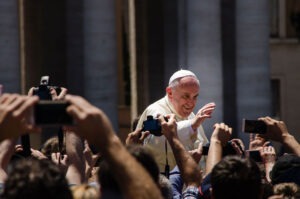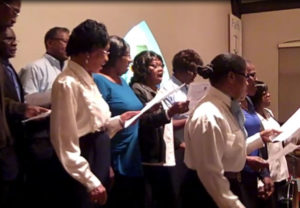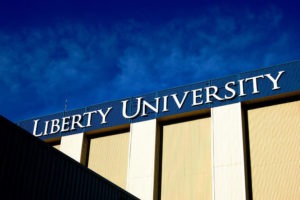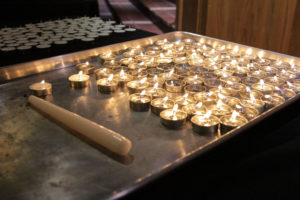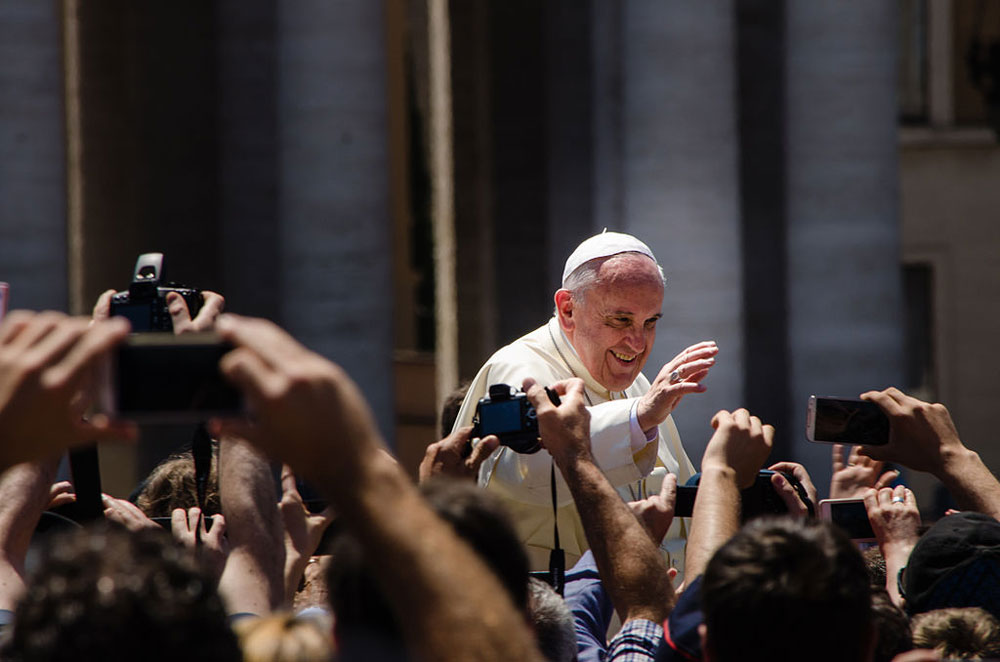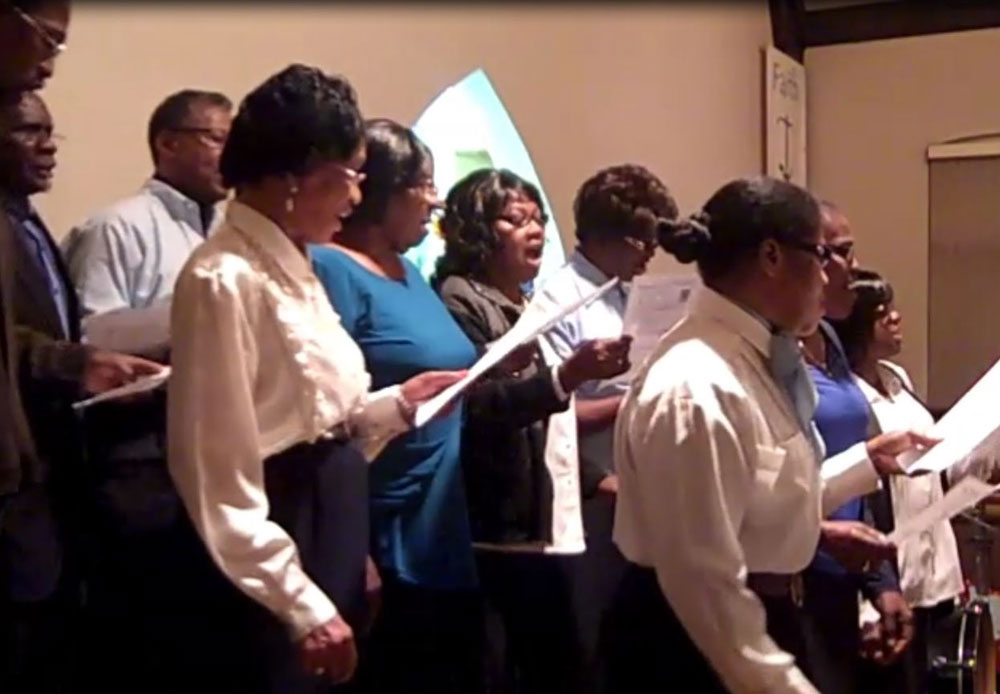May 30, 2011Source: Miller-McCune.com | History tells of countless battles among opposing religions seeking to convert new believers. But now, through an ecumenical nonprofit organization, organized religious groups are working on a collaborative conversion project. Energy conservation and environmental sustainability are the goals, and Interfaith Power and Light (IPL) is the channel.
Interfaith Power and Light has its roots in two different church-based projects to introduce more renewable energy features into church buildings. Today, IPL is a national organization with affiliates in 38 states and the District of Columbia.
Part of the appeal is practical in a secular sense. Participating congregations in the Michigan affiliate, for example, offer energy audits and Energy Star appliance discounts to their faithful. Furthermore, church facilities that produce their own renewable energy have been able to reduce operating costs and gain revenue by sharing excess power back to the power grid.
Sign up for our free newsletters
Subscribe to NPQ's newsletters to have our top stories delivered directly to your inbox.
By signing up, you agree to our privacy policy and terms of use, and to receive messages from NPQ and our partners.
But advocates are also reaching back to the shared theological heritage of the big three monotheistic religions – Christianity, Islam, and Judaism – to inspire a scriptural basis for environmental stewardship. Drawn from the Book of Genesis, the Book of Revelation, the Quran and the Hadith, IPL’s message is that people of faith are responsible for stewarding all that their Creator has given them.
One commonly cited challenge for building any social movement, such as sustainability, is how to move beyond “preaching to the choir.” But in this case, preaching to the choir may actually be a fruitful strategy for broadening the base of active support.—Kathi Jawarski



